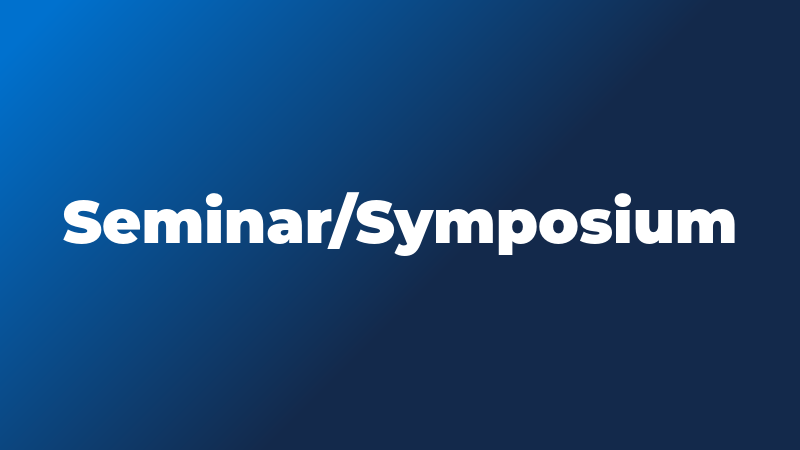Materials Faculty Candidate: Dr. Lun Jin, Princeton Univeristy, "Opportunities and Challenges in Topochemically Manipulated Complex Transition Metal Compounds"

- Sponsor
- Materials Chemistry
- Contact
- Ethan Harsha
- eharsha@illinois.edu
- Phone
- 217-333-6705
- Views
- 131
- Originating Calendar
- Chemistry - Inorganic/Materials Chemistry Seminars
Title: Opportunities and Challenges in Topochemically Manipulated Complex Transition Metal Compounds
Abstract: Traditional solid state synthesis methods usually require high temperatures to overcome large energetic barriers to diffuse ions in solids, thus only the most thermodynamically stable phases can be produced, as a result only the limited repertoire of metal oxidation states and coordinated geometries which are most stable can be incorporated into these materials. Therefore, to expand the frontier of solid-state material synthesis, alternative approaches that can access kinetically controlled metastable phases need to be adopted. Topochemical reactions work in a relatively low temperature regime and utilize differential chemical reactivity (i.e., different rates of diffusion for different ions) in a chemical system, are powerful tools to manipulate (intercalate, deintercalate or exchange) ions in solid-state materials with conservation of the extended lattice, hence it can tune the chemical and physical properties of parent compounds which far beyond the scope of conventional A or B-site cation substitutions via ceramic synthesis. In this seminar, I am going to talk about the anion exchange and deintercalation of layered perovskite structures containing 3d/4d transition metals by topochemical reactions, and the non-trivial structural and magnetic properties of the yielded oxyhydride and reduced oxide compounds as a result of novel metal oxidation states, coordinated geometries and range of rigid ordering in extended lattices. In addition, I am also going to emphasize the great potential of these topochemically manipulated compounds, not only in the quantum materials area, but also in chemical catalysis.
